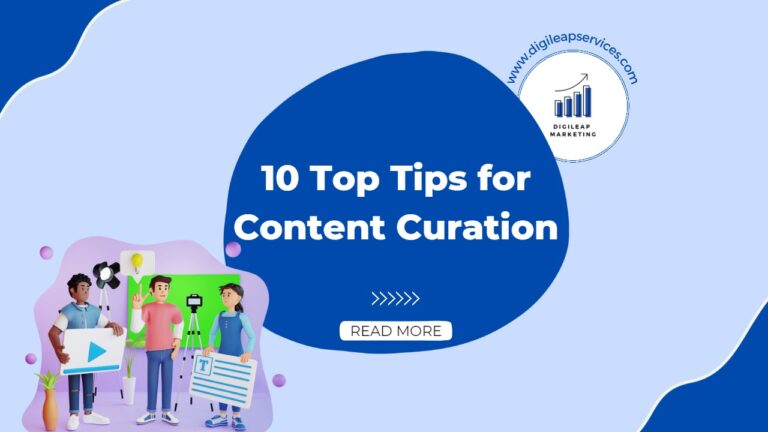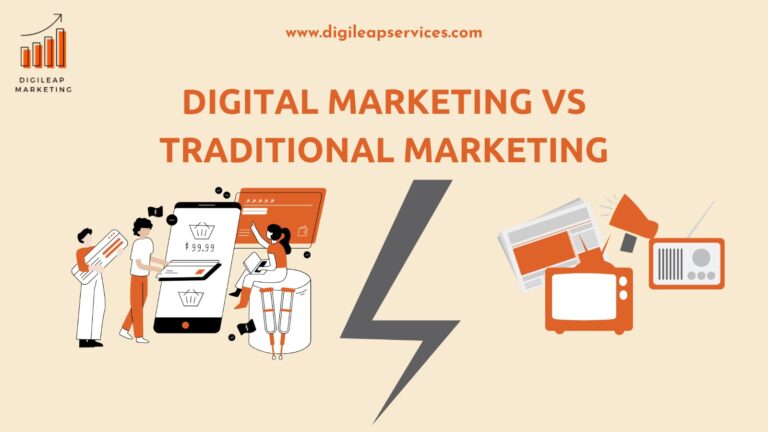How to use Content Marketing to Increase Customer Success
Marketers are aware of Client Lifetime Value (CLV), which states that a customer can provide money to a company after the initial sale. The potential is clear; the issue is making it a reality. According to a Consultancy poll, 76% of firms consider CLV as an important term, yet only 42% can effectively quantify it.
The good news is that increasing customer retention is a non-new sales-based chance to boost the bottom line. But how exactly? Continue reading to learn how to use content marketing to convert new customers into valuable loyal advocates for your product or service.
Marketers recognise the importance of customer journey mapping and content marketing in the buyer’s path from awareness to choice. According to the Content Marketing Institute’s survey of marketers, the most effective content forms per stage are:
- Blog postings and articles at an early stage (awareness/interest) 73%
- White papers 53% at the middle stage (consideration/intent).
- Case studies at 40% at the late stage (assessment/purchase).
High-growth companies are under a lot of pressure to expand revenue. They may, understandably, disregard customer retention efforts. McKinsey utilized their database tracking key indicators across almost 200 growth-stage SaaS enterprises to undertake an analysis that reveals a focus on customer success is crucial to decreasing customer attrition and improving top-quartile growth.
Here are several key reasons why everyone in your company, including your content marketing department, should be focused on improving retention.
- It lowers the costs associated with turnover.
Customer turnover reveals a lot about the current customer success method that your firm is executing. If customers believe something is too difficult, needs too much work, and does not produce the desired outcomes. Or that another brand can provide what they desire because their service is better, cheaper, or faster, this will get reflected in your turnover data.
- It compels your organization to agree on the entire customer success process.
Furthermore, focusing on customer retention would include harmonizing cross-functional team goals and emphasizing the necessity of a customer-centric success approach. This means that all the teams required to support a customer lifecycle must communicate and understand their roles in keeping customers satisfied.
- Influences LTV, Churn, Time to Churn, and Other Key Performance Metrics
Retention is a comprehensive indicator of both customer happiness and corporate health. These include important KPIs such as a customer’s expected or average LTV, churn, time to churn, and so on. It may seem obvious, but the fewer people who leave, the more valuable the company becomes.
Let us now return to the function that content marketing will play in the success of client retention:
1) Blog Content Targeted to Your Customers’ Goals
That’s true; blog material isn’t merely for acquiring new customers. You can utilize your blog for more than just answering top-of-funnel questions on topics relating to what your company does. This could include developing valuable “how-to” content that teaches existing clients exactly how to complete activities and achieve their goals using your product.
2) Whitepapers and eBooks for establishing trust and authority
Whitepapers and eBooks are another technique to boost customer retention by establishing authority and confidence in your brand. Customers appreciate knowing that the company they do business with is at the cutting edge of its industry. Your investment in top-tier research, data for industry trends and insights, and recommendations based on those helps develop deep-rooted brand loyalty.
3) Visualization and entertainment webinars, videos, and podcasts
More and more businesses recognize the need to create engaging types of multimedia. Some of the most effective versions are webinars, video how-tos, having a video series on a channel like YouTube, and producing podcasts for audio-inclined customers.
4) Community Building Social Media Posts
Social media posts are also excellent retention content. You can share quick tips, videos, product sales and deals, product launches, new feature releases, blog entries, and other content on social media to keep current consumers interested. Furthermore, they can use groups and forum-like channels to organize contests, ask direct questions, conduct polls, exchange survey data, and use other community-building strategies (Think Reddit, Facebook Groups, Discord, LinkedIn, and Twitter). Customers are more likely to stay subscribed and invested in your products if your brand looks to be where everyone is having the finest conversations and adding the most value.
5) Email distribution and data directly tied to your customers
One of the most effective ways to retain customers is through email marketing. If you think about it, they most likely willingly provided you with their email address for you to have it. You must not abuse the privilege they have granted you by sending emails with fantastic deals, insightful advice, and sharing resources that you know they will appreciate, whether you produced them or not.
6) Celebrates and Rewards User-Generated Content (UGC).
By making customers feel important, your Customer Controlled UGC can generate quality material and increase retention. Most of us will engage in brand advocacy if they spotlight us, comment on our posts, invite us to appear on shows or provide exclusive access to content or offers relating to their products. The most common issue with UGC is quality. You’ll want to find a strategy to assist your current consumers in producing content for you so that you eventually have enough content of sufficient quality. That could include combining many customer reviews into a single video, inviting them to your presentations, inviting selected customers to participate deliberately, or assigning everyone particular content development tasks.
Given the intricacy and procedures needed, it’s understandable why some businesses don’t have a strategy to enhance client retention rates while knowing how vital it is. Many companies we work with do not have the time to maintain a basic weekly publication schedule, let alone build many content threads for a customer retention plan.












